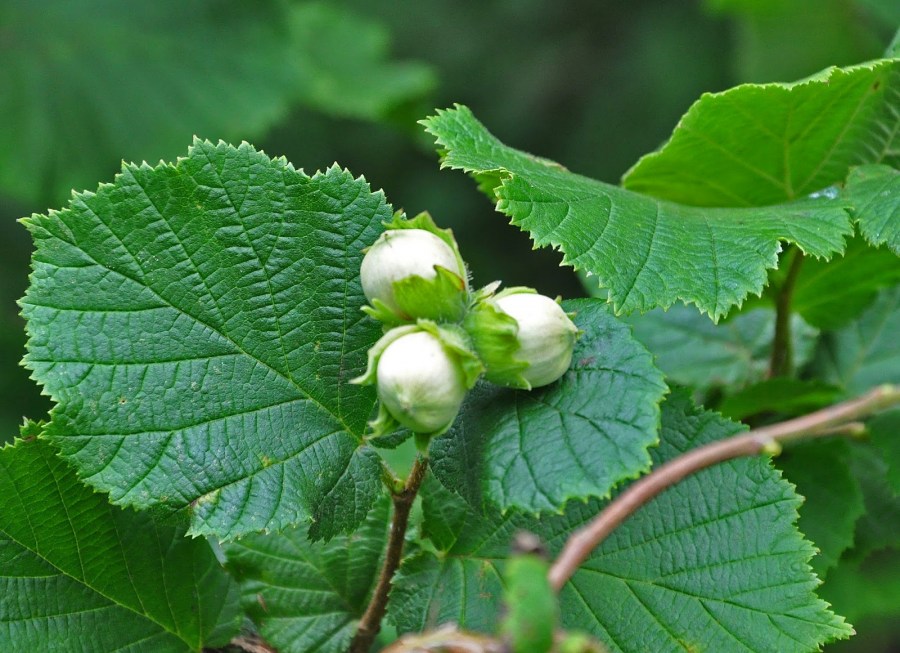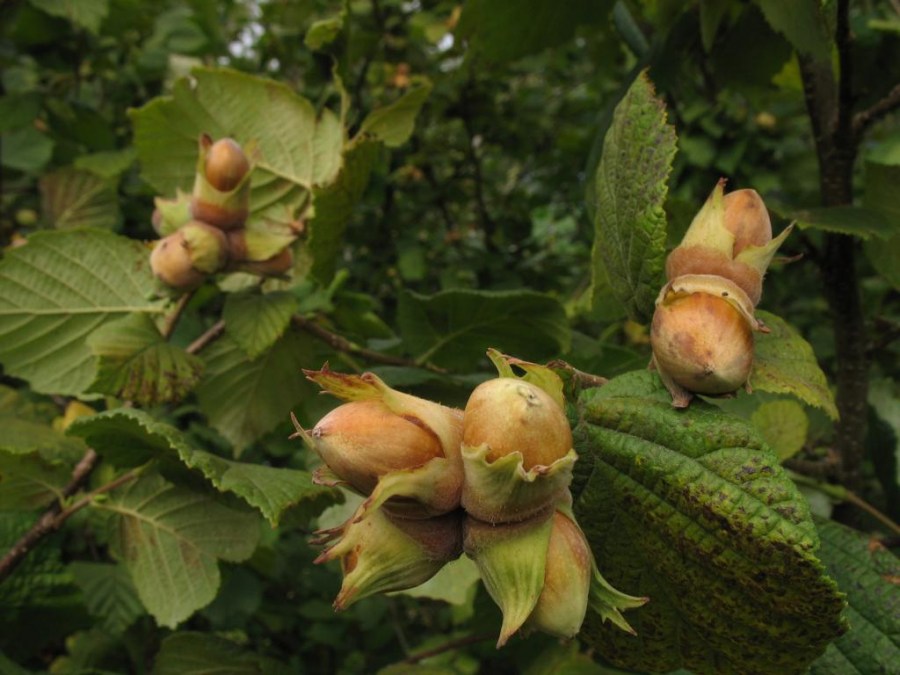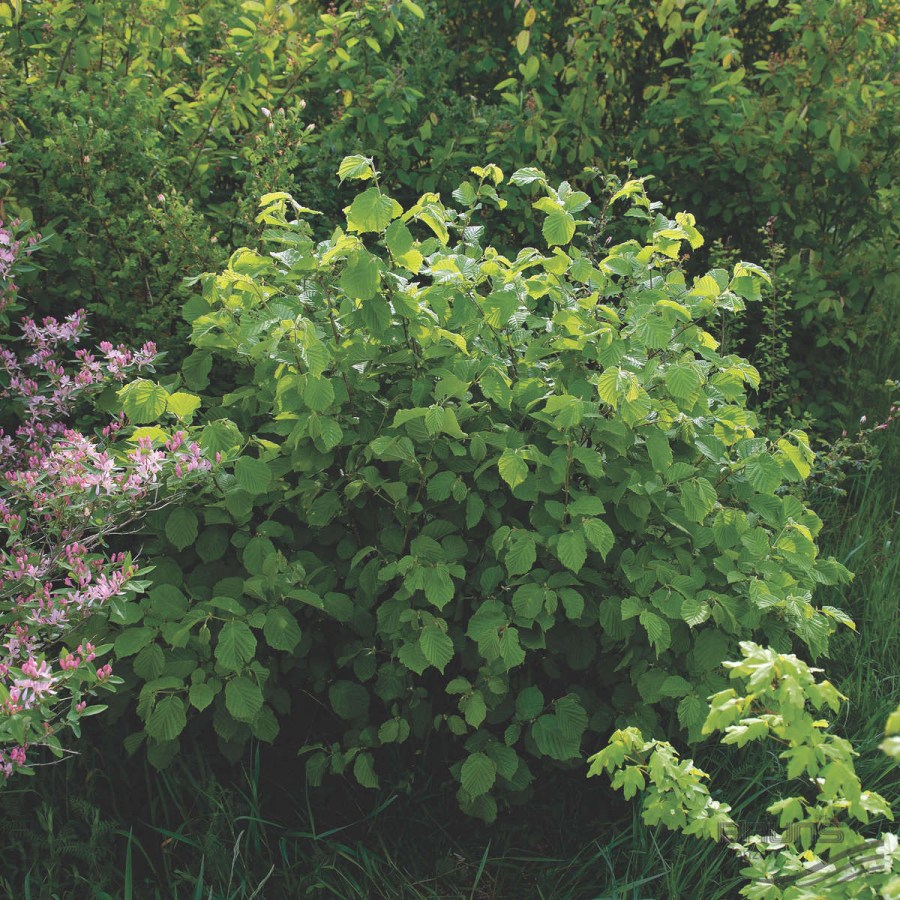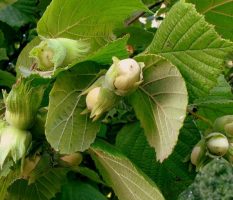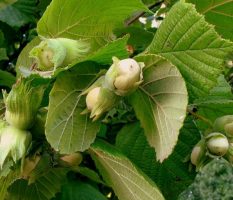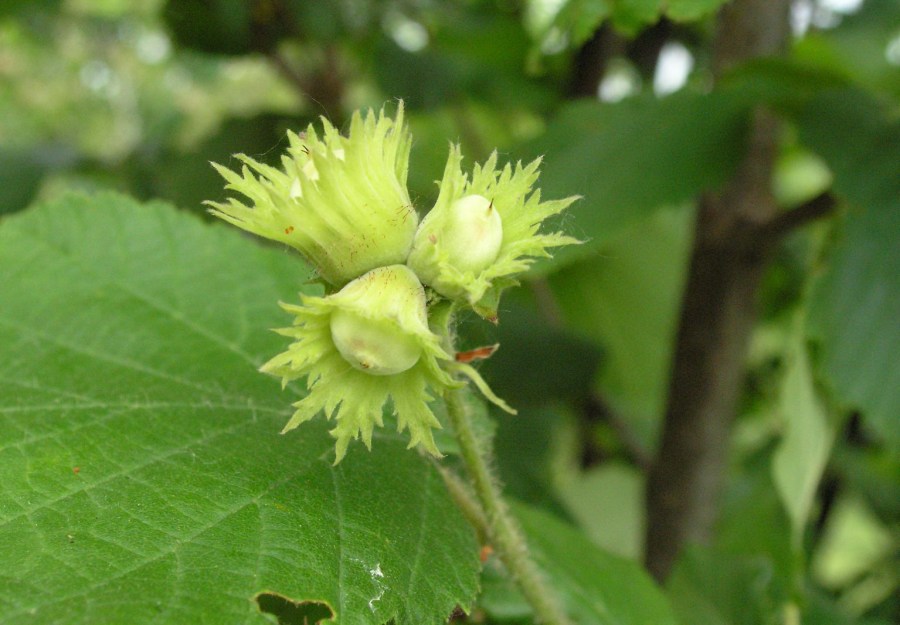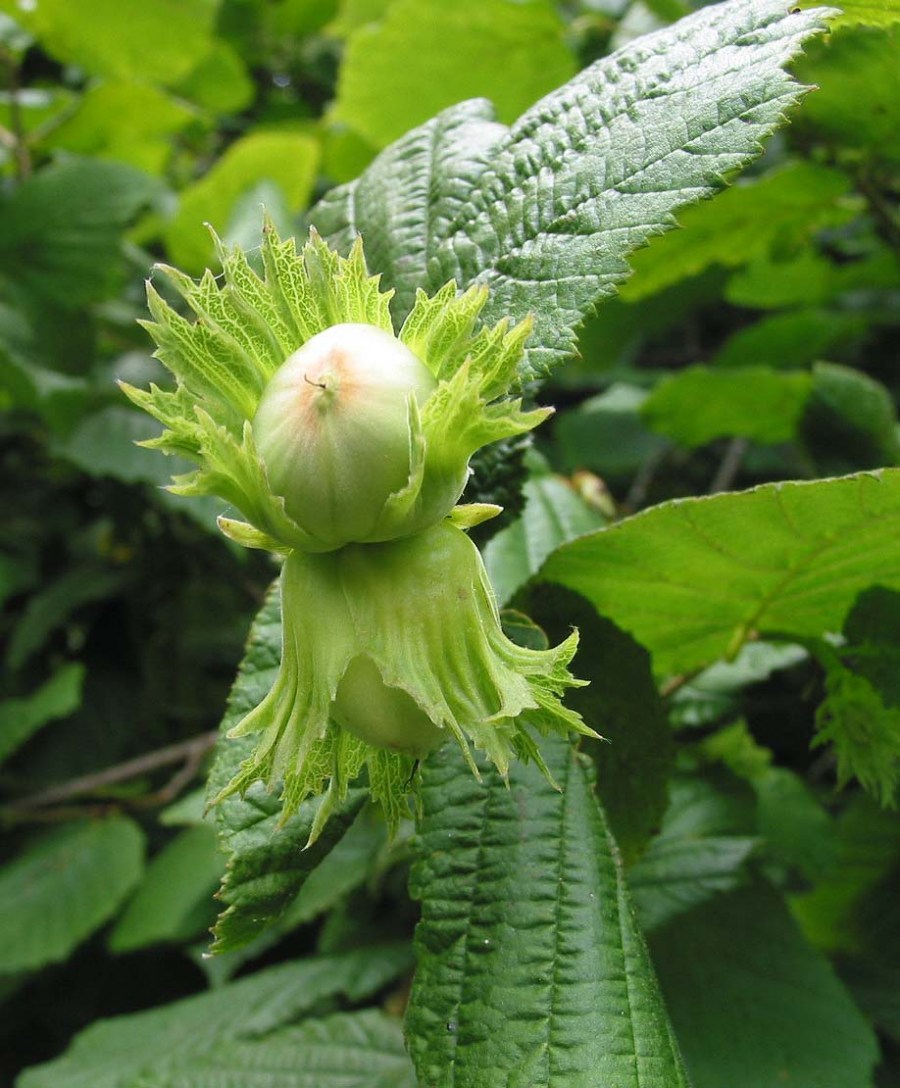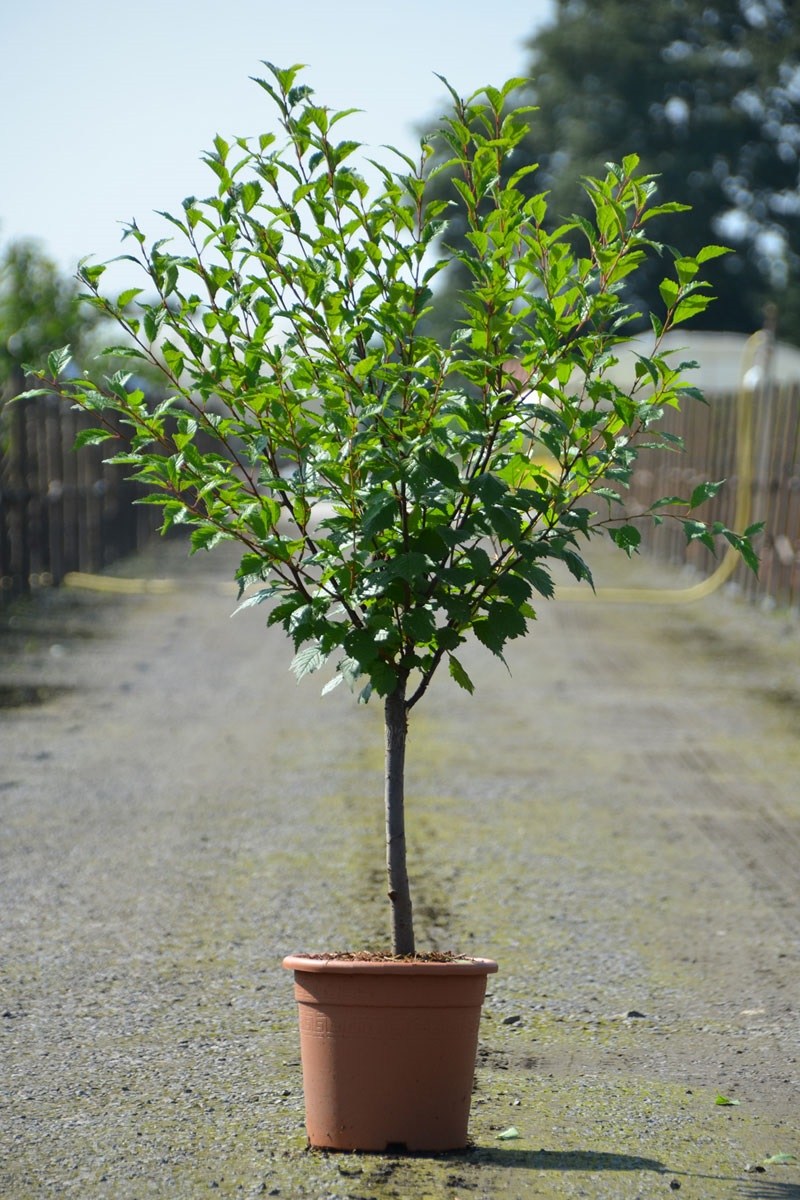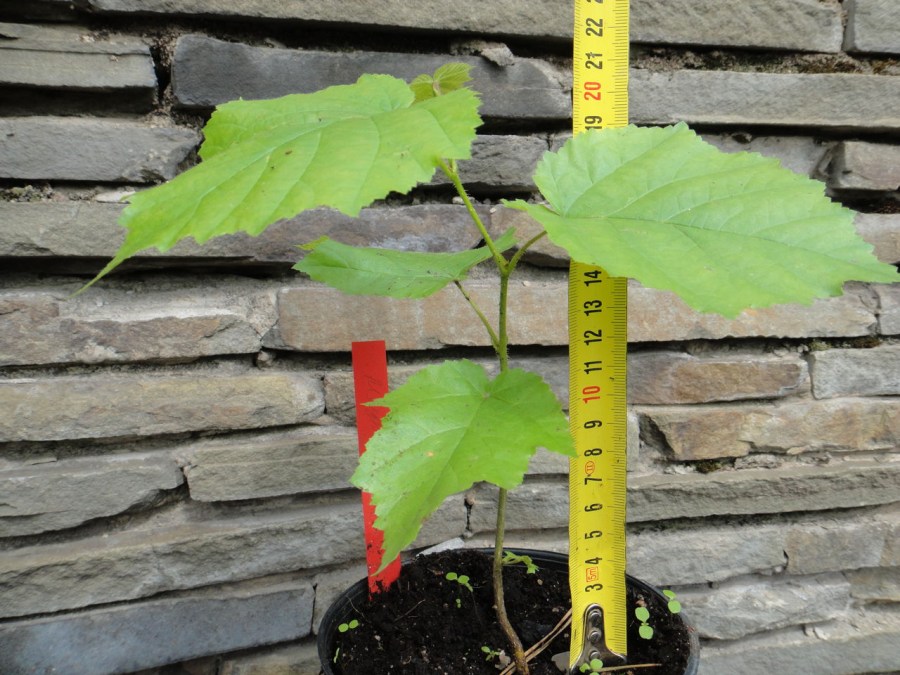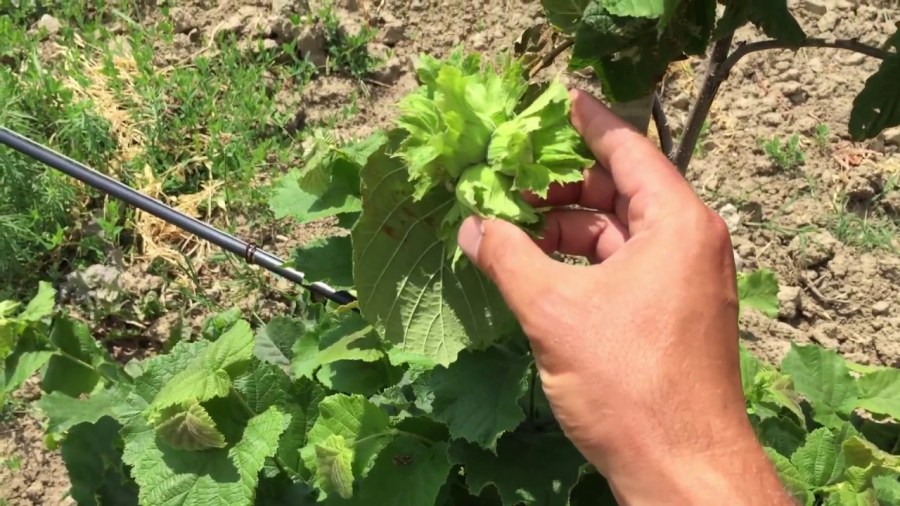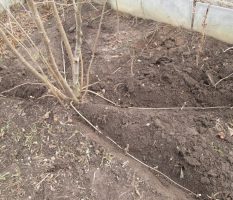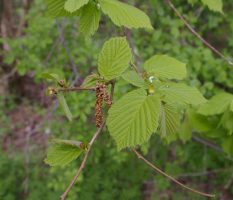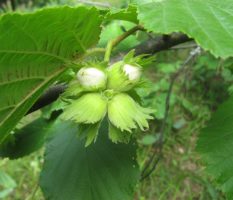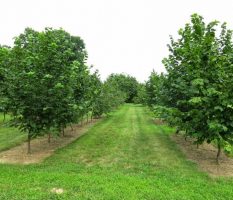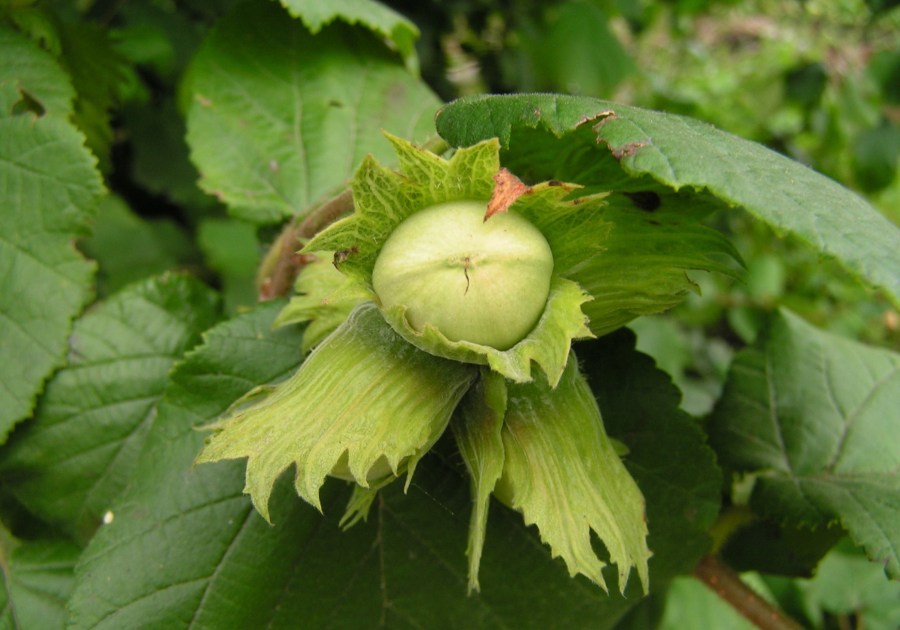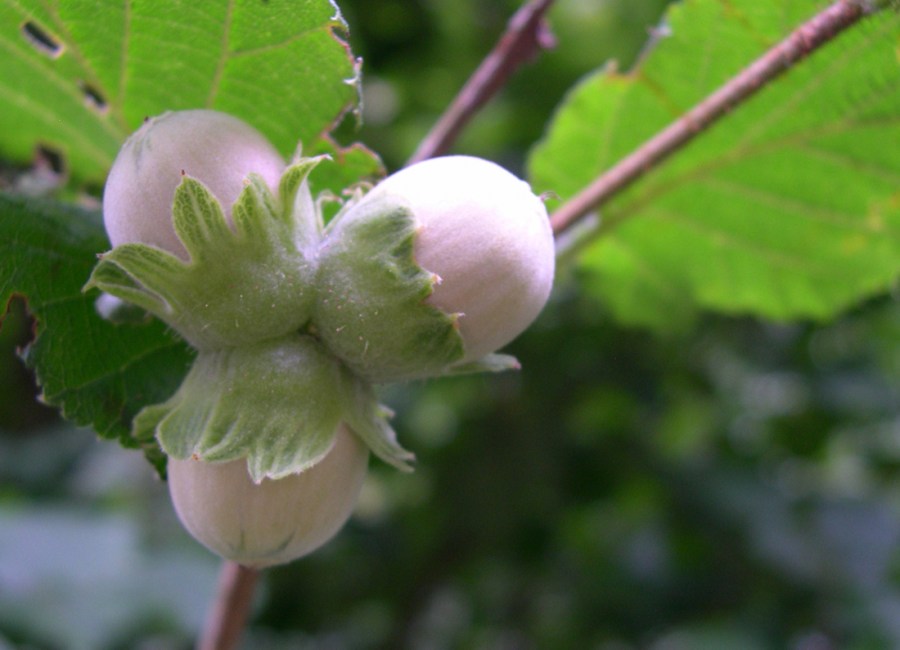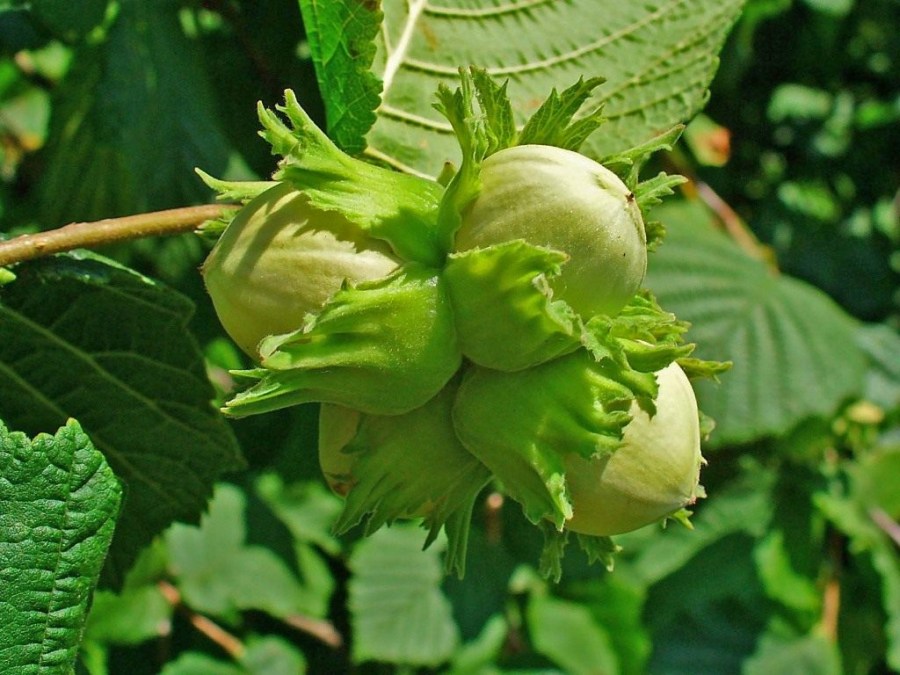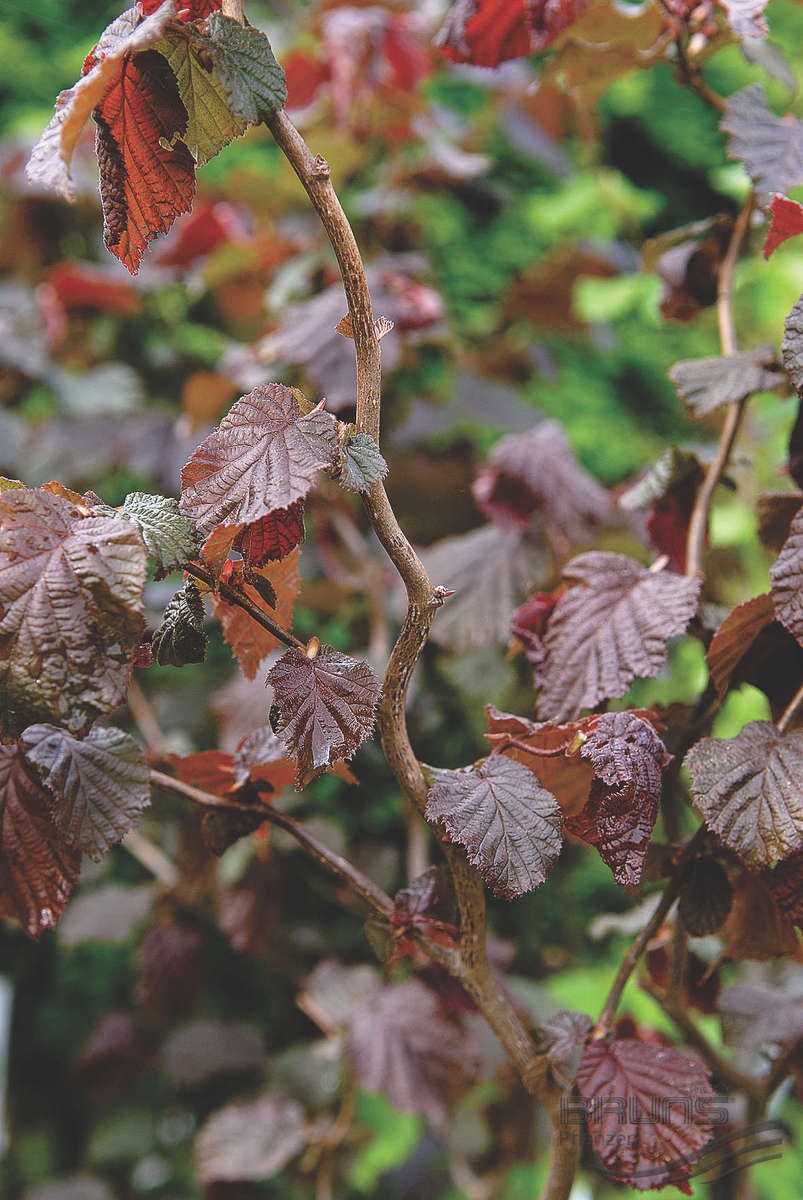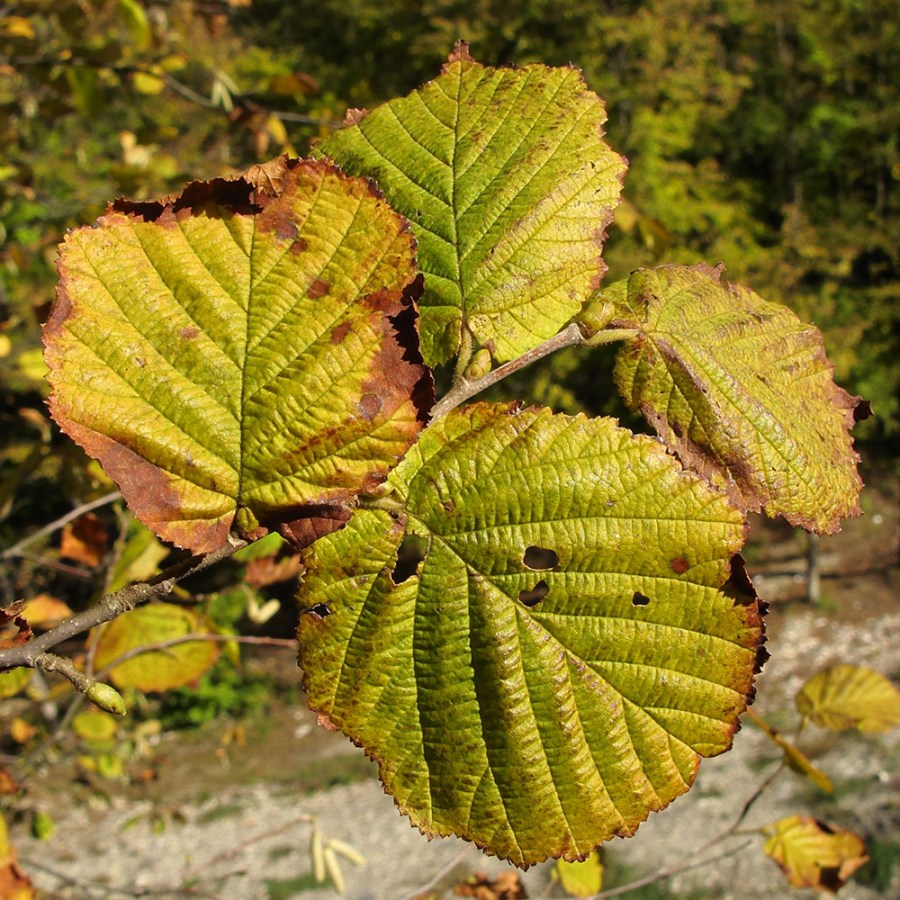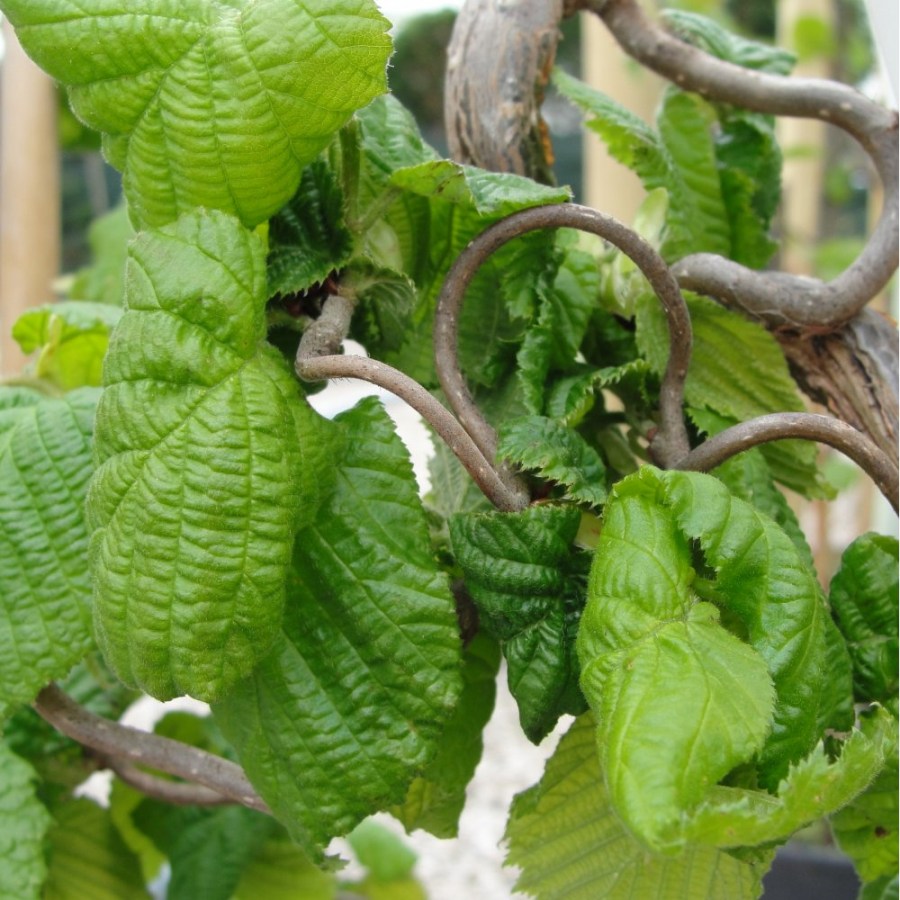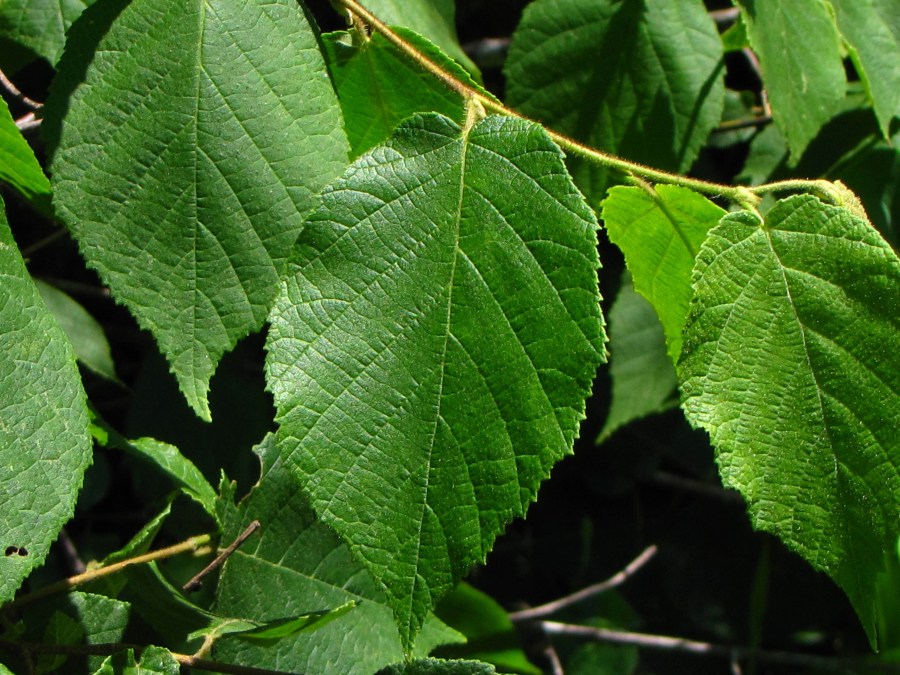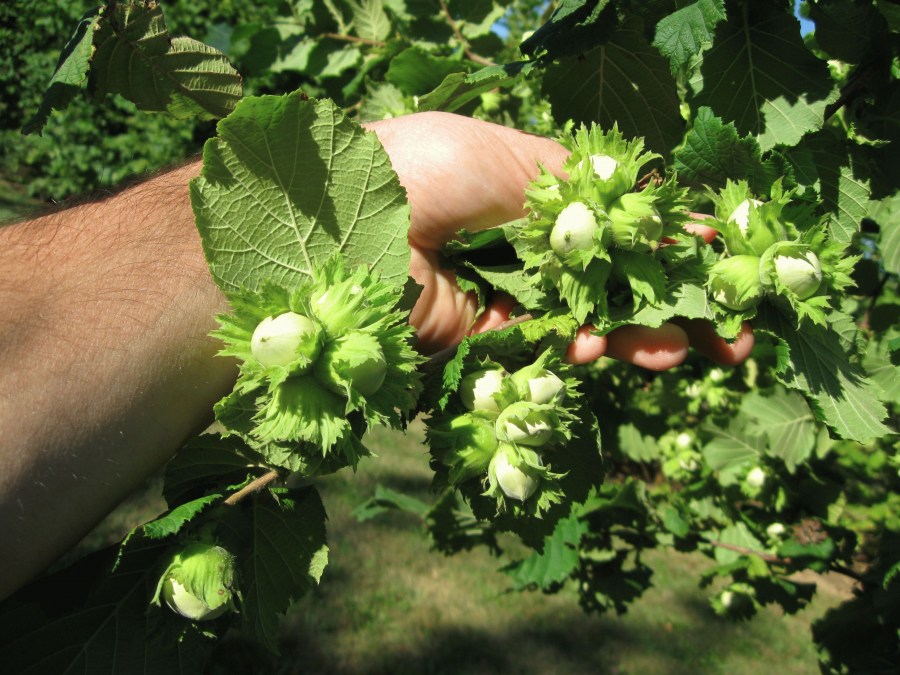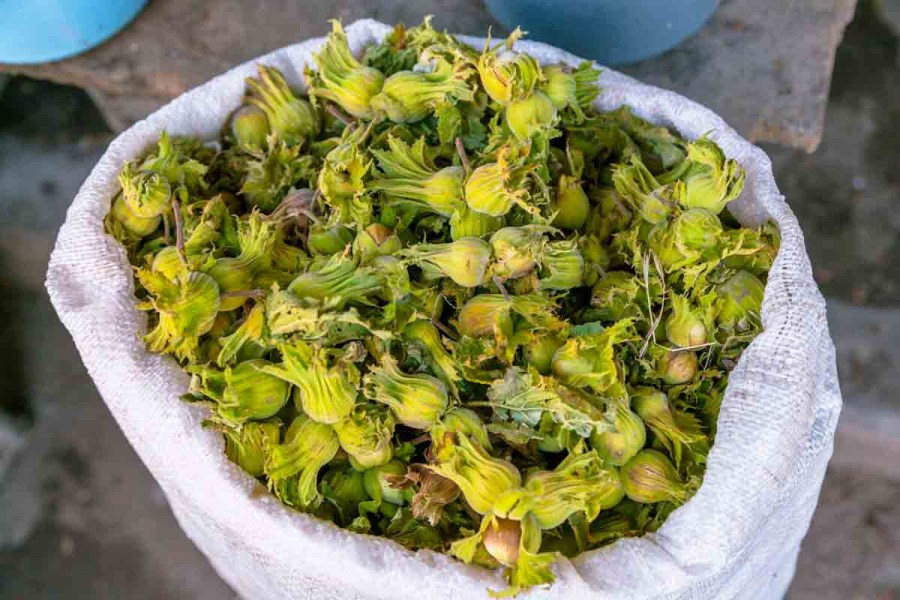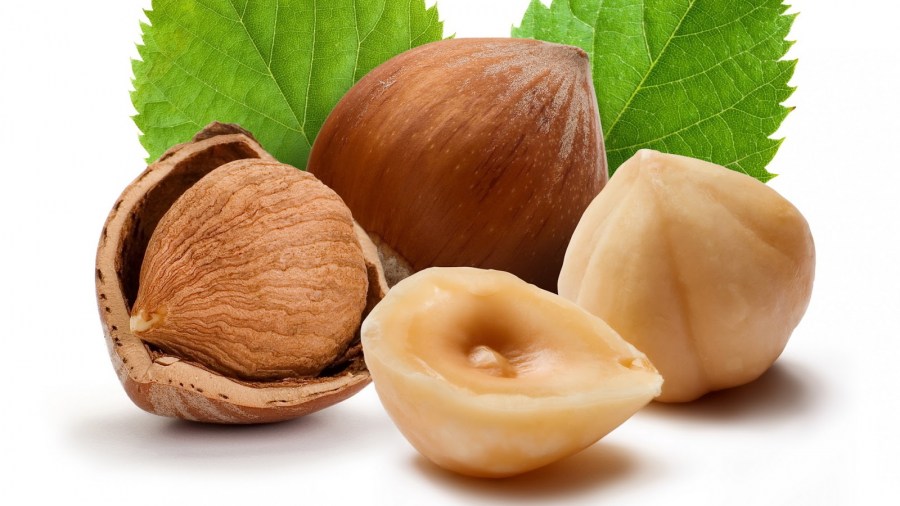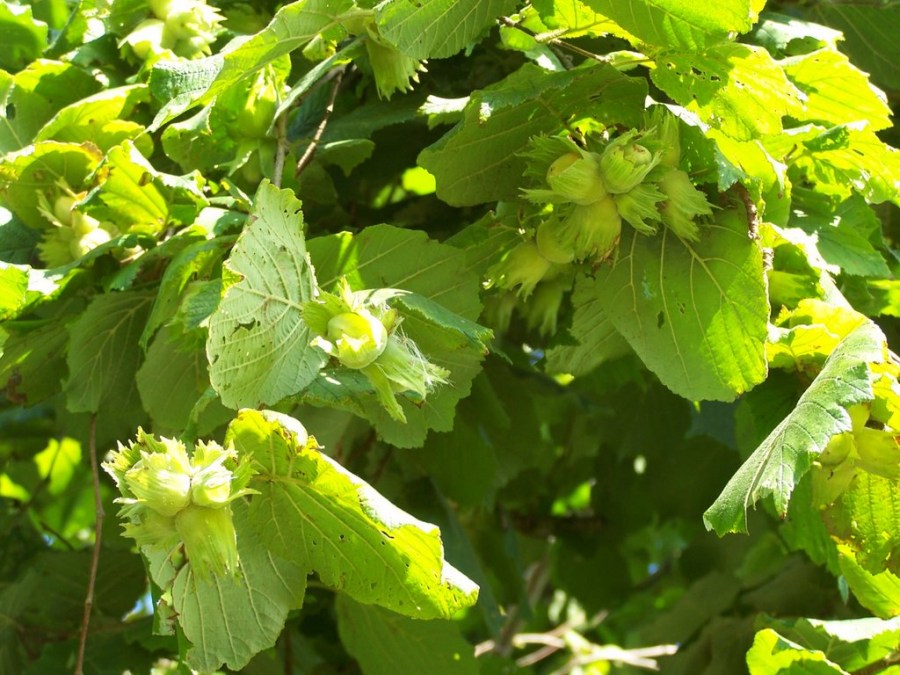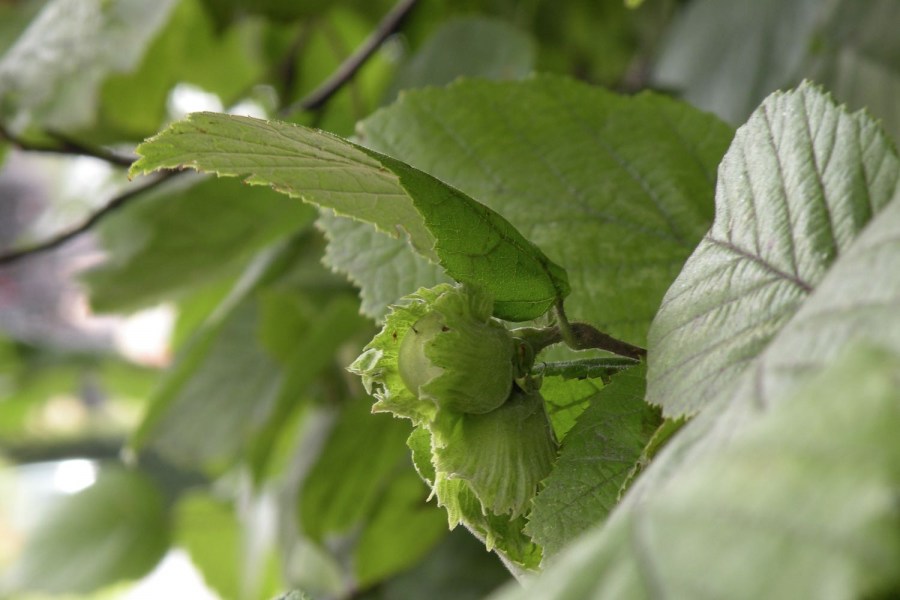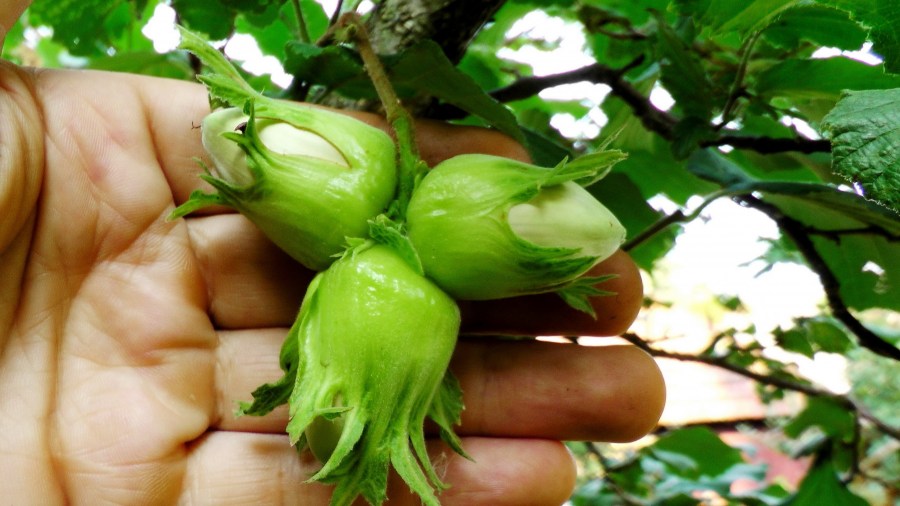Hazel (ordinary) - 80 photos. Methods of propagation and cultivation of shrubs in the country
Surely there is not a single person on earth who has not tasted hazelnuts. It is multifaceted in cooking: main dishes, salads, snacks. Very successfully hazelnut is used in desserts. But few people know how it grows and what the hazel bush looks like.
Shrub description
Hazel owes its name to fish. The leaves of this plant are very similar to the body of a bream. They are the same large and indented around the edges.
Considering the description of hazel, we can distinguish that it is rarely found in nature in the form of a tree, most often it grows with shrubs. Belongs to the birch family due to its male flowers, which are collected in earrings during flowering.
Female flowers are represented by buds that open in the spring. They have only two ovules in one nest. After that, they turn into nuts with a diameter of up to 2 centimeters and 2.5 centimeters in length. All young fruits are reliably protected by woody plume or husk. All varieties of this nut can be eaten.
Cultivation on a seasonal dacha
Before you start growing a young seedling, you need to decide on the place. This shrub does not like sudden changes in daily temperatures.
When the heat-cold fluctuates, he risks getting a burn or freezing, which will affect the general well-being of the bush as a whole. A deterioration in the quality and quantity of the crop is also possible. It will be appropriate to protect hazel from sultry sunlight.
Shade should be moderate. If the leaves began to change their color - this may mean that the shading is too strong. In this case, it must be reduced, but it is not worth removing at all.
Afraid of hazelnuts and drafts. When choosing a place, you should make sure that it is not blown from all sides. Ideally, they plant him next to the house. In this case, one of the walls serves as a shield from the wind.
When there is no way to plant a bush near the building, then it is planted near sprawling trees. The distance between them should be at least 4 meters. In other cases, you can plant a bush next to a hedge.
In addition, hazel does not like excessive humidity. Groundwater should not go more than 1.5 meters to the nut growth site. The plant must be protected from floods. A large amount of water can harm the root system, which subsequently affects the entire bush or tree. It can "get sick" or even die.
Planting on the south side will help speed up flowering. Although in this regard, you also need to be careful, because hazel, which bloomed earlier than expected, can suffer during the period of frost. Ovaries suffer from a cold snap, which can lead to a small crop.
There are also a number of requirements for soil. Neutral or slightly acid loose earth with a pH level of 6 to 6.5 is suitable. Good drainage should be provided so that the water does not stagnate and does not spoil the root system.
Fertilize the land best compost humus and sand. This will provide improved air and water flow. Having created high-quality care for hazel, you can count on the collection of the first harvest 5 years after planting.
You can not hope that the young seedling will take root in the rocky, sandy and marshy soil.
Methods of breeding hazel
There are several ways to get hazelnuts in a summer cottage:
Planting seeds. In spring or autumn, you can plant the nut itself.In the case of hazel, it is both a seed and a fruit at the same time. The nuts prepared for planting are aged in moist soil at a temperature of +5 degrees.
Sprouted seeds are buried in open ground to a depth of not more than 5 centimeters. The disadvantage of this method is that the new bush does not exceed the mother in size of fruits, there are exceptions, but rarely enough. The first crop is expected in 5-6 years.
Layering. In spring, the bent branches of the bush are dug into specially dug and fertilized grooves. The top of the lay is tied to pre-prepared stakes made of wood or metal.
Cuttings. For this method, a stronger two-year-old stalk is used. Rooting occurs in peaty soil mixed with sand. Regular irrigation with foliage will be required.
Vaccination. It is carried out using kidneys or cuttings in the summer. Material for vaccination is prepared before or after the vegetative period. The most time-consuming method of propagating hazelnuts, requiring careful care.
Division. Young shoots that already have their own root are separated from the mother plant. The root must be at least 15 centimeters long. This method is effective when there is a need to thin out the main bushes or form the correct rows of hazel.
Escape. A great way to preserve all the maternal properties of the bush. A young shoot, but no younger than 3 years old, is separated from the main bush and transplanted into the greenhouse. There the plant is located until it grows stronger and grows to the desired size of the seedling.
The soil should be prepared for planting seedlings of hazel. To do this, dig a hole 80x80 centimeters and a depth of not more than 60 centimeters. Further, organic and mineral fertilizers are thrown into it. Leaves for humus in combination with potassium sulfate are best suited.
Do not forget about the fertile land from under the adult shrub. This is best done in the fall, two weeks before the planned landing of a young shoot in open ground.
When preparing a pit for a seedling, one must take into account the degree of growth of the plant. For shrubs, the distance between the seedlings should remain about 4 meters. In the case of trees, you can do 2.5 meters.
Landing
When the landing pit is sentenced, it is time to prepare the seedling itself. First of all, its root system is checked. In a healthy plant, it is strong and has many branches. After ascertaining this, it is cut off, leaving no more than 25 centimeters in length.
Roots are treated with a clay and manure substance for added protection and nutrition. Immediately after planting in the soil, abundant watering is required within 20 liters of water for each seedling.
Care and watering of young bushes is not very difficult. Enough 2 or 3 plentiful watering for reunion of a landing layer with the earth. This will make it possible not to worry about nutrients for the next 5 years of plant growth.
With proper watering and care, the shrub will begin to grow with small hazel from the roots. This should be suppressed in the early stages. To do this, dig out the shoot to the root and cut it out.If you miss this moment, then the hazel will grow and begin to bear fruit poorly.
Kinds
Nowadays, there are about 17 species of hazel. The most common is ordinary hazel or hazelnut.
Large-fruited varieties include bear and Lombard nuts, Catherine or red-leafed hazel.
All these hazel samples can be seen in the photo.
As a result of the information received, it can be concluded that for the effective cultivation of hazel, you need to prepare the soil in advance and choose a method of plant propagation convenient for yourself.
Photo hazel
